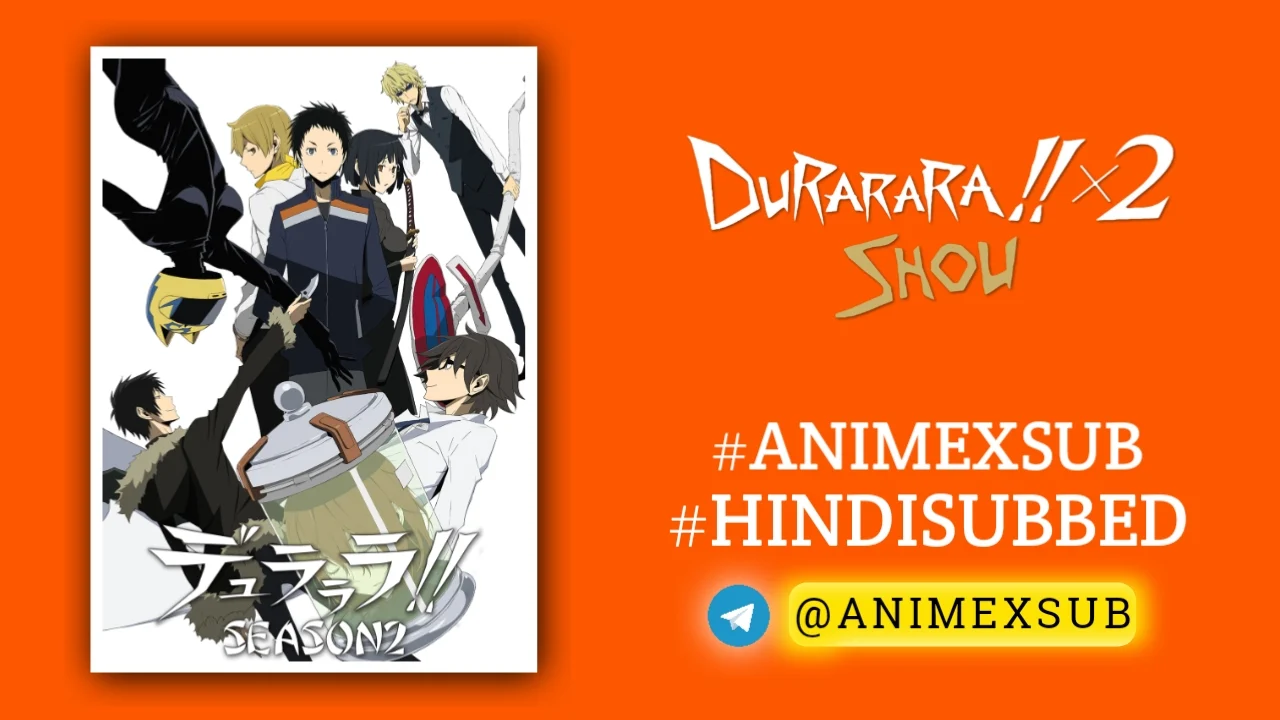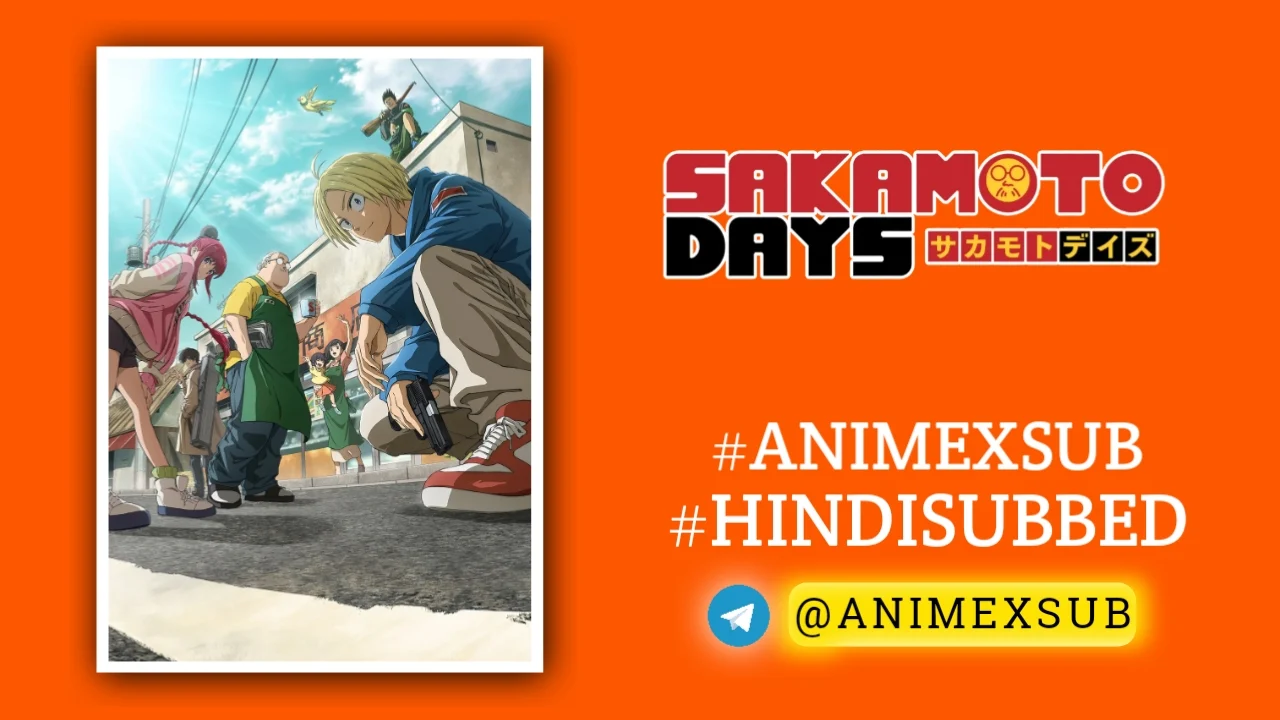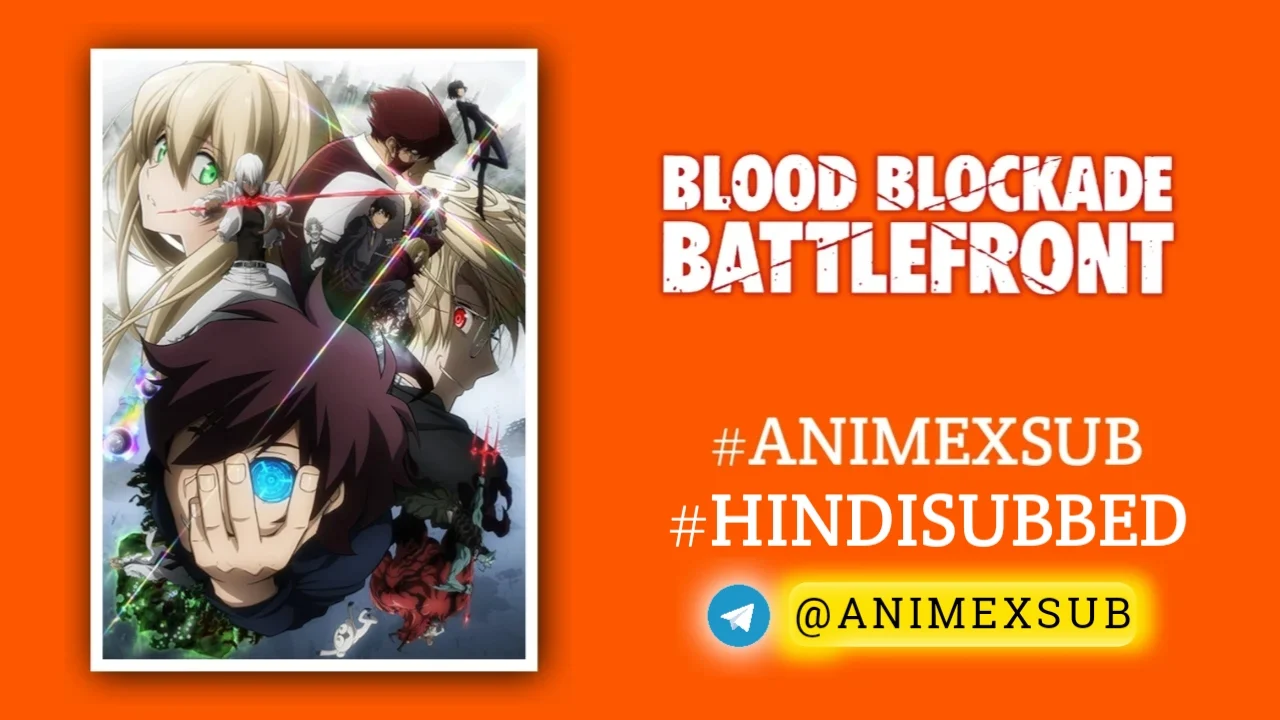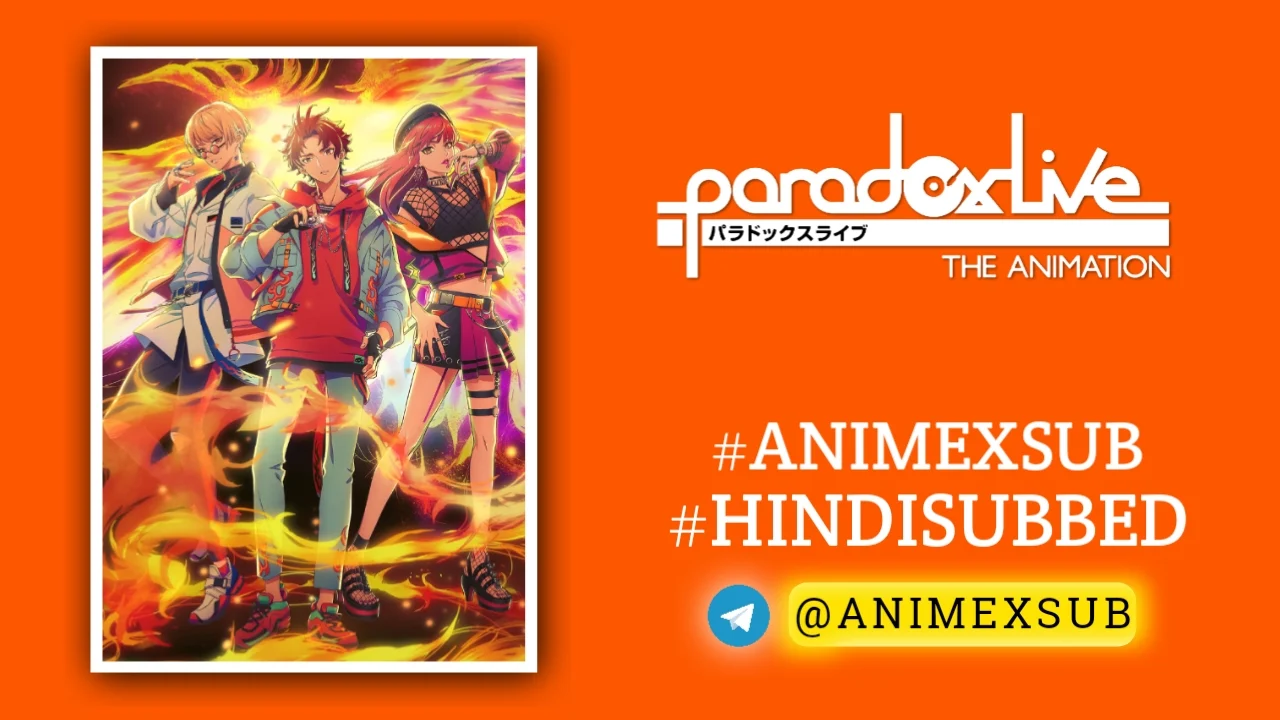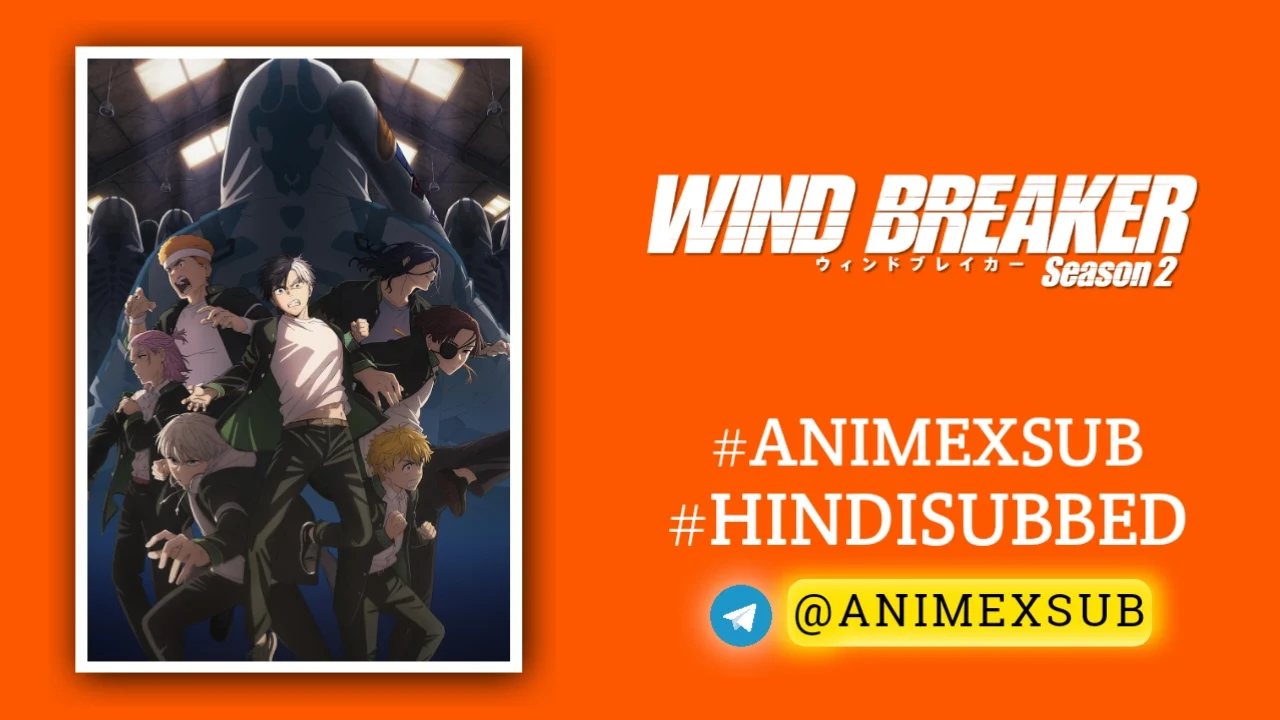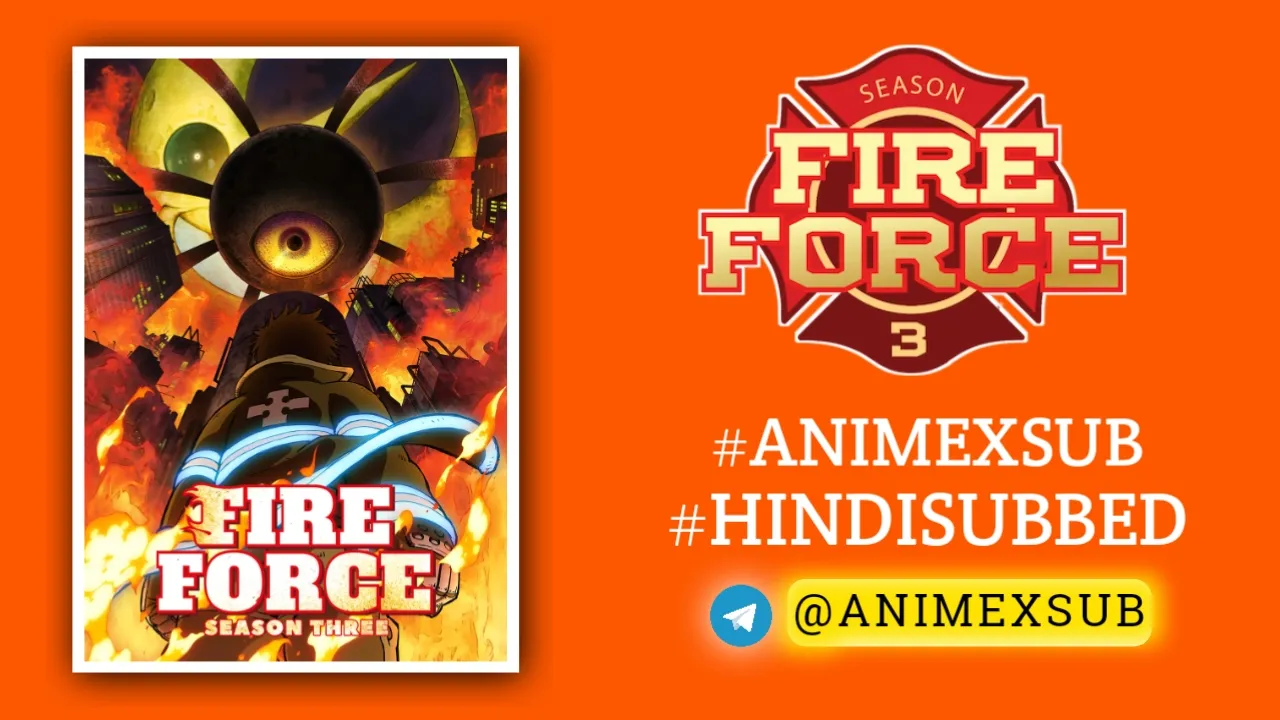
The Rising of the Shield Hero Season 3 Hindi Subbed [12/12] | Tate no Yuusha no Nariagari 3rd Season Hindi sub!!

Tate no Yuusha no Nariagari Season 3
The Rising of the Shield Hero Season 3Synopsis
The third season of Tate no Yuusha no Nariagari. After defeating the Spirit Tortoise, Naofumi has no time for rest. An attack from the next Guardian Beast is imminent, but the three other Cardinal Heroes have gone missing. So, Naofumi and his party set out to search for the legendary trio. (Source: Crunchyroll News)
Trailer
Characters
The Rising of the Shield Hero Season 3: A Gritty Return to Naofumi’s Epic Journey
The Rising of the Shield Hero has carved a unique niche in the isekai genre, blending dark fantasy, complex character development, and moral ambiguity into a compelling narrative. Season 3, which premiered on October 6, 2023, and concluded with 12 episodes in December 2023, continued the saga of Naofumi Iwatani, the Shield Hero, with a mix of intense battles, political intrigue, and emotional depth. While not without its flaws, this season delivered key moments that kept fans engaged and set the stage for future arcs. Here’s a deep dive into what made Season 3 a notable chapter in the series.
A Recap of the Story So Far
For those new to the series, The Rising of the Shield Hero follows Naofumi Iwatani, a Japanese college student summoned to a fantasy world as one of four Cardinal Heroes. Unlike his counterparts, who wield offensive weapons (a sword, spear, and bow), Naofumi is stuck with a defensive shield, earning him scorn and skepticism. Betrayed early on, Naofumi’s journey is one of redemption, resilience, and rebuilding trust with allies like Raphtalia, a demi-human warrior, and Filo, a magical filolial bird. By Season 3, Naofumi has grown from a distrustful outcast into a tactical leader, facing escalating threats from the interdimensional Waves and navigating tensions among the heroes.
Season 2, which aired in 2022, tackled the Spirit Tortoise Arc and saw Naofumi cement his role as the most reliable hero. However, it faced criticism for rushed pacing and uneven animation. Season 3 aimed to address these issues, returning to Studio Kinema Citrus as the sole animation studio under the direction of Hitoshi Haga, known for his work on Made in Abyss and Star Wars: Visions.
What Season 3 Brings to the Table
Season 3 adapts several arcs from Aneko Yusagi’s light novel series, primarily the Wrath Dragon, Justice, and Rebuilding Arcs. The season picks up after the Spirit Tortoise battle, with Naofumi focusing on rebuilding Lurolona Village, a haven for demi-humans. However, new challenges emerge, including internal conflicts among the Cardinal Heroes, the rise of vassal weapon wielders, and a mysterious underground fighting ring.
One of the season’s highlights is its exploration of Naofumi’s leadership. He’s no longer just surviving; he’s strategizing, forming alliances, and confronting enemies like the vassal weapon users who threaten his party. The season also delves into Raphtalia’s heritage, revealing her royal bloodline tied to Q’ten Lo, a nation that later sends assassins after her—a plot thread that sets up Season 4. This focus on Raphtalia’s past adds emotional weight, though some fans felt her arc was underdeveloped compared to Naofumi’s.
The Wrath Dragon Arc introduces a new mythical beast, while the Justice Arc tackles political corruption and betrayal within the kingdom. The Rebuilding Arc, meanwhile, showcases Naofumi’s efforts to create a safe community, reinforcing his role as a protector. These arcs blend action with quieter character moments, though the pacing remains a point of contention, with some transitions feeling abrupt.
Animation and Sound: A Step Forward
Kinema Citrus’ return as the sole studio for Season 3 marked an improvement in animation quality compared to Season 2’s collaboration with DR Movie. The fight scenes, particularly in the underground tournament and against the Wrath Dragon, are fluid and visually striking, with Naofumi’s shield-based abilities creatively showcased. Backgrounds, like the lush Lurolona Village and gritty coliseum, add depth to the world.
Kevin Penkin’s soundtrack continues to shine, blending orchestral and electronic elements to capture the series’ emotional highs and lows. The opening theme, “SIN” by MADKID, sets a intense tone, while the ending theme, “Suki ni Natte wa Ikenai Riyū” by Chiai Fujikawa, offers a softer, reflective contrast. The voice cast, including Kaito Ishikawa (Naofumi), Asami Seto (Raphtalia), and Rina Hidaka (Filo), delivers strong performances, with the English dub (featuring Stephen Fu as Naofumi) maintaining high quality for international viewers.
Reception and Controversies
Season 3 was generally well-received, though it didn’t fully escape the shadow of Season 2’s criticism. Fans praised the improved animation and Naofumi’s growth, but some felt the pacing was uneven, with certain arcs—like the Justice Arc—rushed or glossed over. The anime’s divergence from the light novels, skipping entire volumes, also sparked debate among purists, though these changes streamlined the story for TV.
The series’ darker themes, including slavery and betrayal, have always been divisive, and Season 3 leans into these elements with Naofumi’s continued mistrust of authority. While this adds complexity, some viewers found the tone relentlessly grim. Still, the season’s focus on character-driven storytelling and world-building kept it engaging for most fans.
Setting the Stage for Season 4
Season 3 ends on a cliffhanger, with Naofumi and his party preparing to face Q’ten Lo’s assassins targeting Raphtalia. This sets up the Heavenly Emperor Arc for Season 4, which premiered on July 9, 2025. The finale also hints at a looming multiverse war, raising the stakes for Naofumi’s journey. Posts on X from the official @ShieldHeroEN account in 2023 hyped the season’s debut, with advance screenings and a world tour building anticipation. Crunchyroll’s simulcast ensured global access, reinforcing the series’ international popularity.
Final Thoughts
The Rising of the Shield Hero Season 3 is a solid, if imperfect, continuation of Naofumi’s saga. It recovers from Season 2’s missteps with better animation, compelling character moments, and a darker, more political narrative. While pacing issues and light novel deviations may frustrate some, the season’s strengths—Naofumi’s evolution, Raphtalia’s emerging backstory, and the promise of bigger conflicts—make it a worthy watch for fans. As Season 4 dives into Raphtalia’s heritage and new challenges, Season 3 serves as a crucial bridge, proving that the Shield Hero’s journey is far from over.
For those eager to catch up, Season 3 is available on Crunchyroll, subbed and dubbed, alongside the first two seasons. Whether you’re a longtime fan or a newcomer, this season offers a gritty, emotional ride that cements The Rising of the Shield Hero as a standout in the isekai genre.
Sources: Anime News Network, Crunchyroll, Sportskeeda, and posts from @ShieldHeroEN on X.

























